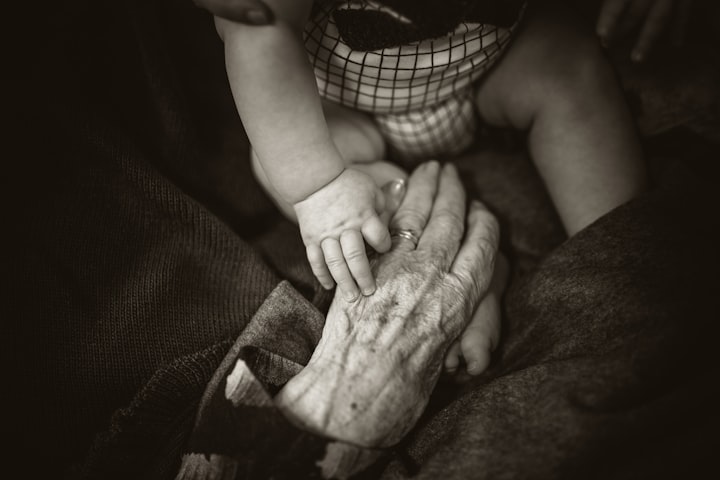The Bizarre History Behind Cloning In 'Star Wars'
A Staple Of The Franchise

Ever since Luke Skywalker said to Obi-Wan Kenobi in A New Hope, “You fought in the Clone Wars?” people have been curious to know about cloning in Star Wars. Perhaps most fans, and maybe even George Lucas, viewed it as an intriguing throwaway line. But as the prequel trilogy came out, especially Attack of the Clones, the details in regards to cloning in Star Wars were gradually revealed. While starting in the prequel trilogy, cloning has continued to show up in a prominent role in the Star Wars universe in The Clone Wars, the sequel trilogy, The Mandalorian, The Bad Batch, and various Star Wars Legends stories and associated Star Wars content.
Cloning appears first chronologically in the Star Wars cinematic universe in the prequel trilogy. Jedi Master Sifo-Dyas contacted the Kaminoans almost 10 years before the Clone Wars to commission a clone army for the Republic. The Sith took over the cloning project and based it on bounty hunter Jango Fett’s genetic structure, until Obi-Wan Kenobi visited the planet and the Jedi/Republic took back control of the clone army project. Clones were deemed superior to droids, especially mentally. And they were augmented to grow faster and be more obedient than their initial template. Clones in the Clone Wars had the sole purpose of fighting, and received little respite during the period.
After the Clone Wars, and with the rise of the Galactic Empire, the cloning operation on Kamino was terminated. As The Bad Batch is exploring, and based on the results we see in A New Hope, the clones are phased out of the military and replaced with stormtrooper conscripts. This was due in regards to the clones’ rapid aging process, the high cost of cloning, and an influx of new volunteer and conscripted recruits.
Cloning continued in the Star Wars saga through Darth Sidious/Emperor Palpatine. Although he died as he was thrown into the reactor shaft by Darth Vader on the Second Death Star during the Battle of Endor, Sidious was revived on the planet Exogol. Through a combination of cloning (the Kaminoans weren’t the only ones in the galaxy with this knowledge) and possibly the knowledge gained from Sidious’ Master, Darth Plagueis, Sidious was able to be revived. However, this process was not fast or initially successful.
Sidious’ initial cloned body deteriorated due to his connection to the dark side. His Sith followers attempted to perfect the procedure and created multiple specimens through gene splicing. Instead of creating an exact clone, the Sith followers created strandcasts – lifeforms engineered from genetic material from Sidious as well as others. One of these strandcasts was Supreme Leader Snoke, who held power over the First Order while Sidious’ revival was being sorted out. Moff Gideon and clone engineer Dr. Pershing were also involved as they harvested Grogu’s high midi-chlorian count blood in The Mandalorian. Another strandcast was a healthy modified clone who lacked the ability to use the Force. This strandcast was allowed to live to attempt to preserve the Palpatine bloodline naturally. Later, this strandcast would become father to a Force-sensitive child, Rey.
As Sidious’ cloned body was near its end at the beginning of The Rise of Skywalker, he broadcast his return to the galaxy to attract Rey into his trap. It was his intent to have her kill him in anger and hatred, thus surrendering herself to the dark side, and become possessed by Sidious’ spirit. Kylo Ren/Ben Solo was first targeted due to his dark side affinity, but when he turned to the light, Sidious turned to Rey, with her youth and their direct lineage appealing to him. Upon discovering Rey and Kylo were a dyad in the force, he attempted to drain both of them of their combined power and heal himself to full power. Rey was able to resist with the help of the Jedi and Sidious’ plans were thwarted.
The history of cloning in Star Wars is much more complex than maybe even George Lucas originally anticipated. While cloning starts with a brief mention in A New Hope, and raises to prominence in Attack of the Clones, we see the influence of cloning on the Star Wars story all the way to the end of the sequel trilogy.
Written By David Sacca
Source(s): Wookieepedia
Syndicated From Culture Slate






Comments
There are no comments for this story
Be the first to respond and start the conversation.